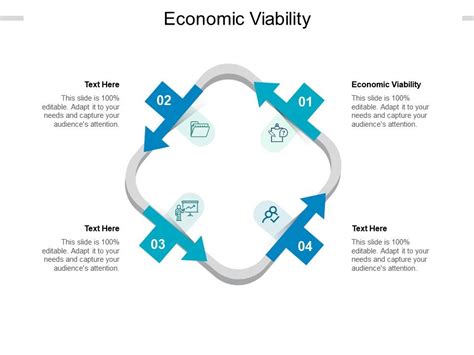- سبدخرید خالی است.
- ادامه خرید
Solana: Economic viability of social dApps with Solana
Here is a draft project on the economic viability of social Dapps in Solana:
Title: Solana: Economic viability of social Dapps with Solana
Introduction
In recent years, the Web3 ecosystem has gained significant attention, with many new blockchain projects emerging to capitalize on its potential. Among these platforms, Solana stands out as a popular choice among developers due to their rapid transaction speeds, low rates and high scalability. However, one of the main aspects of any blockchain platform is its economic viability – can it sustain itself with a constant flow of users and transactions? In this article, we will examine more closely the economic viability of social Dapps in Solana.
What are Dapps?
Before diving into Solana Dapps topic, let’s quickly define what Dapps are. Dapp (decentralized applications) are self-executed contracts with specific rules and automated application, built with blockchain technology. They can be considered digital versions of traditional applications, but instead of being controlled by a central authority, they are governed by the network itself.
The case of Solana

Solana proved to be an attractive platform for Dapp due to her exclusive set of features:
- Scalability
: The Solana Proof of Consensus Consensus Algorithm allows high scalability, with a maximum block time of 400 milliseconds and a maximum transaction count of one million per second.
- Fast transaction times : Solana block time is significantly faster than other blockchain platforms, allowing more frequent transactions without sacrificing usability.
3.
Economic viability of social Dapps in Solana
Now that we cover the basics of Solana and Dapps, let’s talk about the economic viability of social Dapps specifically. A social DAPP is a type of DAPP that allows users to connect, share information and interact with each other in a decentralized manner.
Revenue Flows : Dapp social can generate revenue through various channels, including:
1.
- NFTS (non -fungible tokens) : Social Dapps usually have NFTs, which are exclusive digital assets that can represent the property of items in the game or other valuable content.
- Advertising : Social Dapps can display ads to users, generating revenue through clicks and impressions.
Challenges -Chave
Despite their advantages, social Dapps face various challenges when it comes to economic feasibility:
- Users Acquisition : Attracting and retaining users is a significant challenge for social Dapps, as they compete with more established platforms.
- Scalability : Although Solana’s scalability features are impressive, they can still represent a challenge for some social Dapps, particularly those with high traffic demands.
Conclusion
In conclusion, Solana proved to be an attractive platform for social Dapps due to her fast transaction times, low rates and high scalability. Although there are challenges associated with economic viability, many successful social Dapps have found ways to overcome them, offering unique resources and experiences that differentiate their applications from others in space.
Whether you are a developer who wants to build your own social DAPP or an investor interested in investing in these platforms, Solana remains an exciting and promising ecosystem for growth and adoption.
